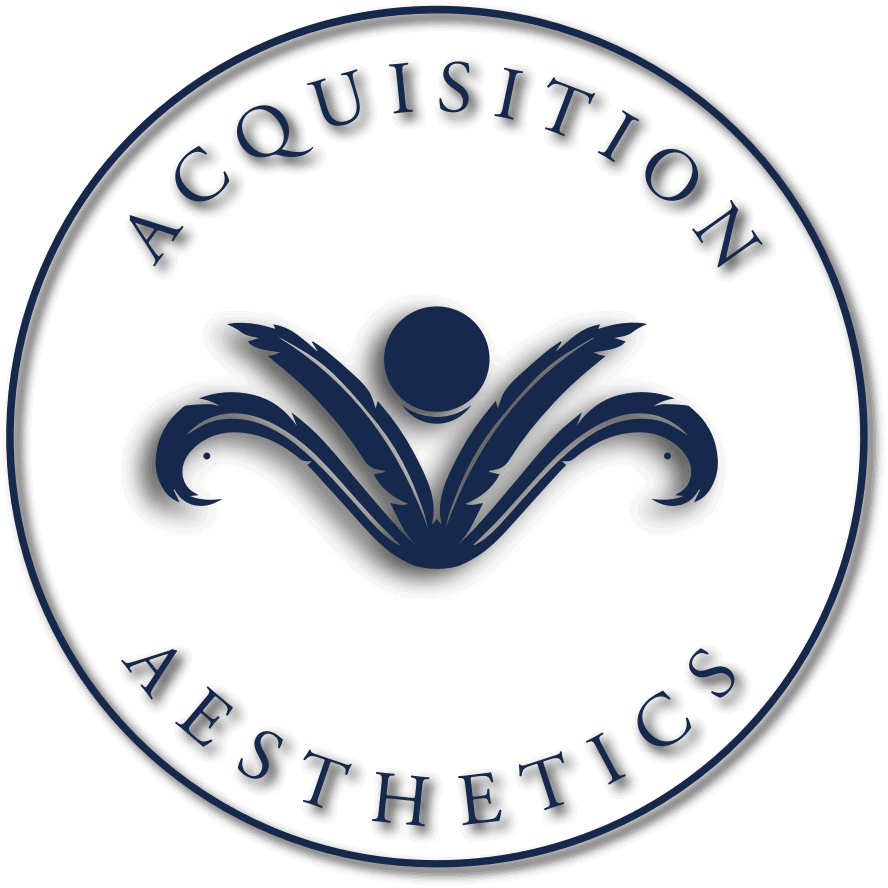Whether you’re a novice or already an expert, understanding aesthetic complications and patient safety in aesthetic medicine is imperative for anyone pursuing a job in the industry.
Not only is it crucial for preventing negative outcomes, it’s necessary to ensure patient safety – and subsequently build a loyal patient base! Whether you are just starting out in aesthetics, or are already an experienced practitioner, complications are unpredictable. They may occur unexpectedly and can have a detrimental impact on both the physical and emotional wellbeing of patients. For this reason, any practitioner must understand and incorporate aesthetic treatment best practices into their offering.
In this article, we explore complication management in aesthetics and how to build knowledge, competence, and patient trust to ensure the best results for you and your patient.
Understanding Aesthetic Complications
Aesthetic complications can encompass a whole range of undesirable outcomes in cosmetic procedures – from minor issues like bruising and swelling to more severe occurrences like vascular occlusion, tissue necrosis, or blindness. You may already be familiar with more common complications including infection, inflammation, hematoma, and allergic reactions, but it’s just as, if not more, important to be equally familiar with the less common complications. These include, but are not limited to:
- nerve damage
- migration
- vascular events
- visual disturbance/ asymmetry
- Herpes Simplex Virus 1 (HSV1)
- delayed onset nodules
A deep understanding of aesthetic treatment risks is crucial for effective prevention and management, equipping practitioners with the skill and confidence to mitigate risks through precise technique and patient selection. For example, understanding facial anatomy can help avoid damaging crucial structures during injections or surgeries. Whilst, understanding tissue healing processes helps in predicting and addressing complications promptly to avoid any further damage. This knowledge empowers practitioners to use appropriate interventions – i.e antibiotics or drainage – where necessary to optimise outcomes and guarantee patient safety and satisfaction in aesthetic medicine.
Prevention Strategies
As we’ve already discussed, preventing aesthetic complications hinges on meticulous patient assessment, proper technique (i.e injection depth and product selection), and a deep understanding of the anatomy. Aesthetic medical guidelines are constantly changing so it’s imperative that any responsible practitioner stays abreast of any changes or developments in the field through continuous education. By staying up-to-date on the latest procedures, aesthetic clinicians can mitigate risks and safeguard themselves against complications brought on by outdated practices.
Early Identification and Management
Sometimes, despite taking all of the precautions, complications are unavoidable. In those unfortunate circumstances where a negative outcome has arisen, practitioners need to be prepared and well versed in managing any injection complications, dermal filler complications, and Botox complications that may occur. Common complications can include inflammation, swelling, bruising, redness, pain, infection, allergic reactions, scarring, and pigment changes. Thankfully in the event that one of these issues occurs, there are effective treatments and protocols to be followed to mitigate any further risk or harm to the patient.
Best Practices for Managing Complications
Navigating complications can feel overwhelming for a practitioner, no matter how experienced, which is why it’s so important to be able to identify when to treat in-office and when to refer to a specialist. By following procedures, keeping all patient data clearly documented, and ensuring follow-up care, you can avoid further risk to patient complications.
In the event that a complication does occur, there are best practices to follow to manage further risks. Firstly, it’s important to assess the severity and complexity of the issue – any straightforward cases within your expertise can be treated in-office, but ensure thorough documentation of diagnosis and patient education for their after care.
In the event that complications exceed your scope, you should not hesitate to promptly refer the patient to a specialist, supplying them with a full report of the treatment issued and any symptoms to help with their future care.
It’s crucial that there is transparency and communication with patients to ensure that they understand the status of their condition, their treatment options, and any potential risks. Additionally, diligent follow-up care is necessary to mitigate risks and stop any further complications from occurring.
Building a Culture of Safety
Creating a culture of safety and following aesthetic medicine guidelines is crucial for patient well-being and professional development. By conducting regular team training, aestheticians will be equipped with the most up-to-date knowledge and skills to ensure the highest standards of patient care. A culture of open communication about potential complications will foster transparency and patient trust. Furthermore, embracing a culture where mistakes are acknowledged and, most importantly, learned from, cultivates an environment where there is continuous improvement and learning. By prioritising safety and transparency, aestheticians not only safeguard patients, but also set themselves up for long-term success in an increasingly competitive industry. Ultimately, a robust safety culture is the most effective way to demonstrate your practice’s commitment to excellence – earning patients’ confidence and establishing a reputation for reliability and quality care.
High quality aesthetics training is essential for managing complications and taking our online Complications Masterclass is an excellent way to ensure you are properly equipped to deal with any complications resulting from aesthetic treatments. This Masterclass is also a part of the Acquisition Aesthetics Ultimate Practitioner Pathway, our programme designed to take aesthetic practitioners of any level to excellence within the field. Book your spot today!


